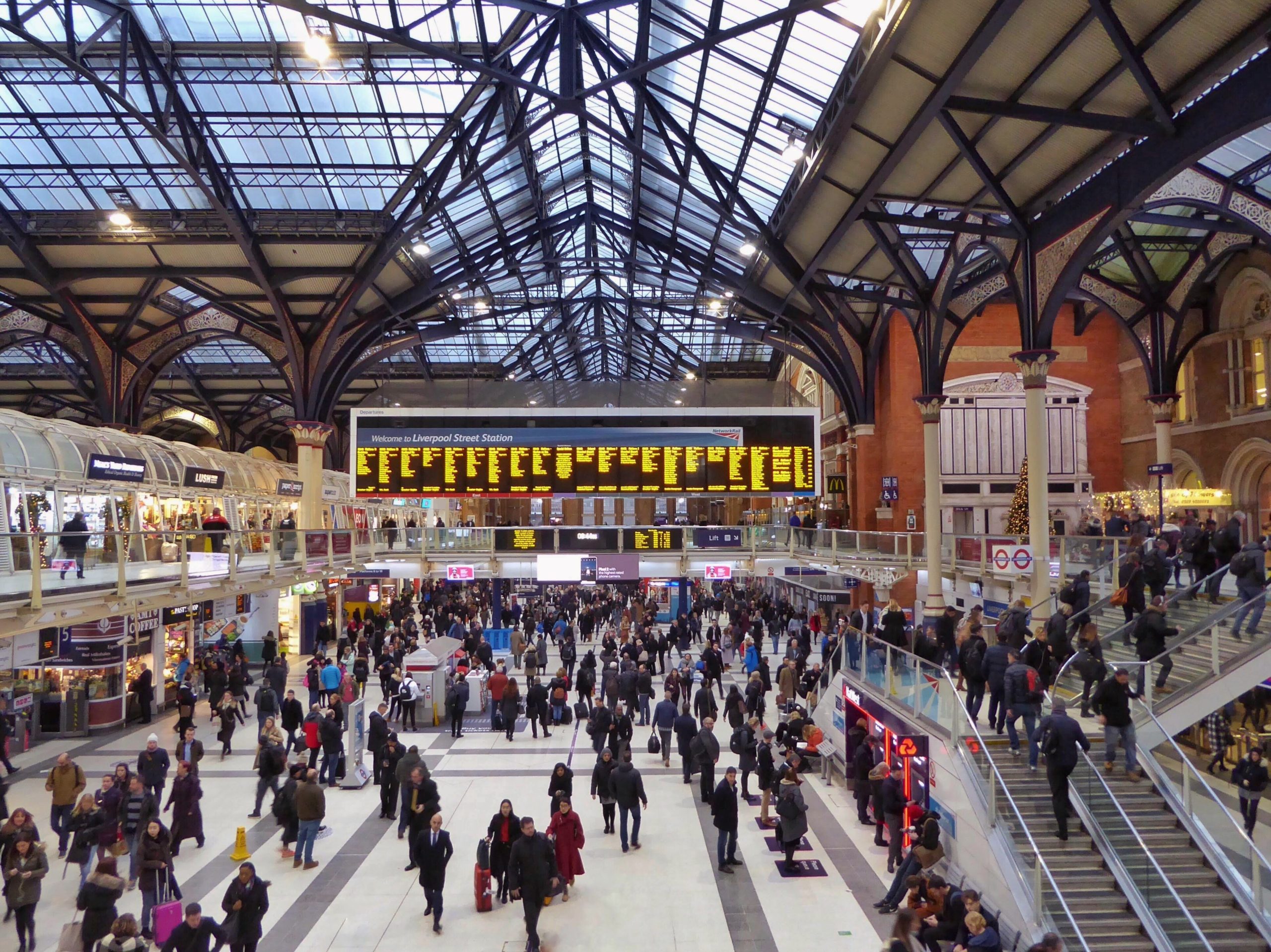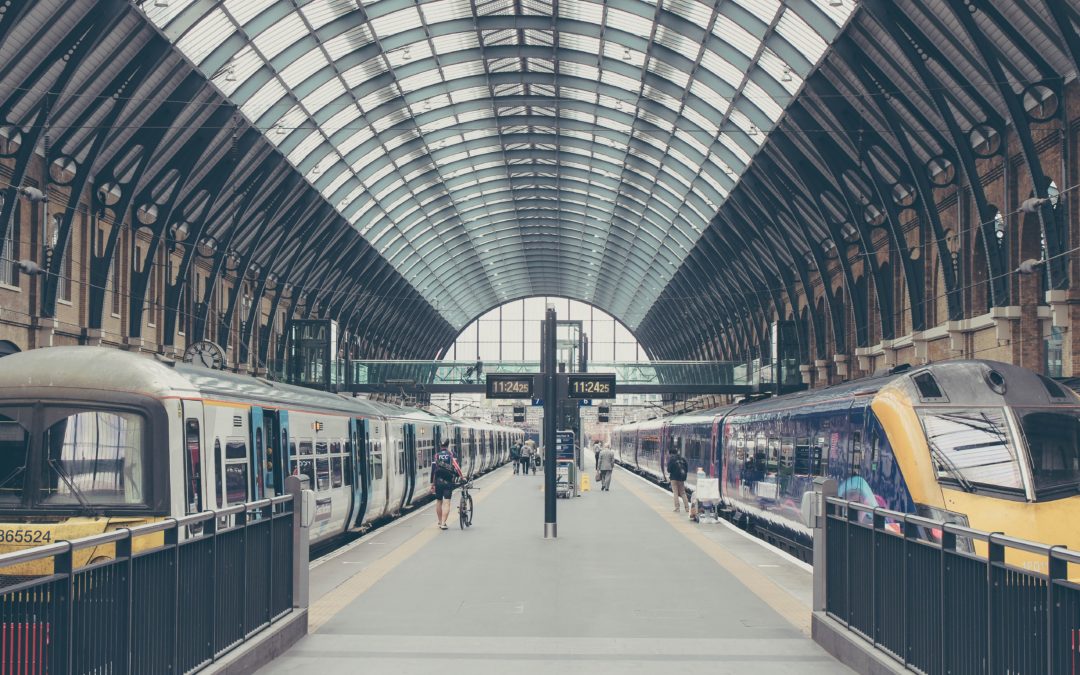The Proposal
In a nutshell the idea is for a brand new organisation to take control of everything train-related in the UK.
The body, grandly named Great British Railways is set to take over from 2023 when it will replace National Rail.
This means it will be overseeing a huge number of different functions. These range from setting timetables to overseeing the process for procuring and managing rail operators. Certainly no easy task.
It’s important to note that while this new setup seems like it could be some form of quasi-nationalisation, it certainly isn’t.
Great British Rail will be a privately owned organisation overseeing a pre-existing, although potentially re-shuffled group of network franchises.
The idea is to bring everything under one roof for the first time since the rail system was privatised in the mid 1990’s. The hope is that this will create efficiency, transparency and accountability across the whole network.

How Does Lost Property Come Into This?
Somewhat unsurprisingly we see this reimagining of our beloved rail network as an opportunity to get an effective lost & found process in place.
Currently there are 22 different different train operators in the UK which can make lost and found enquiries challenging. We’ve already explored the complications in managing lost property across a large network, but the UK’s rail system presents a different set of problems.
A passenger can very easily travel using multiple different train lines in one day. This means if someone misplaces something along the way, it’s not always easy to know which operator is responsible.
The fact that each franchise has it’s own process can also make things difficult. Causing unnecessary confusion and frustration for passengers.
The Solution
“The current systems in place are, in many cases, not fit for purpose for reuniting lost property with rightful owners.
“A centralised national database, as well as sensible rules for dealing with lost property across the country’s rail network, would make a huge difference to passengers.”
Jocelyn Pearson, the Transport Focus Issues Manager

What’s The Best Solution?
A Better Experience For Everyone
Automating these via a digital solution frees up time that can be far better spent.
